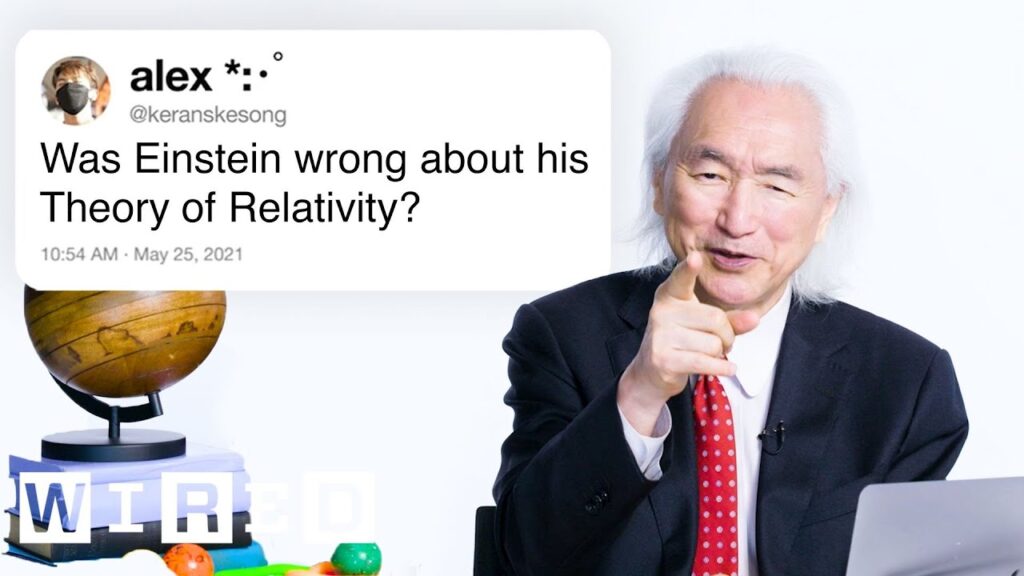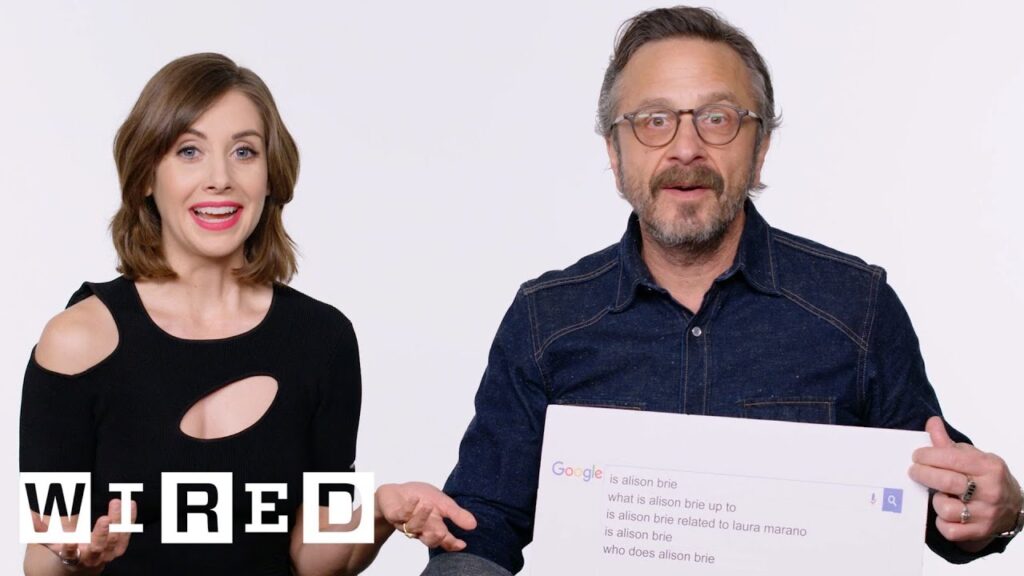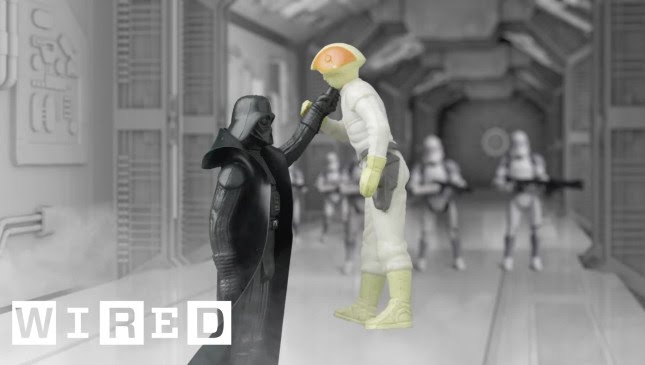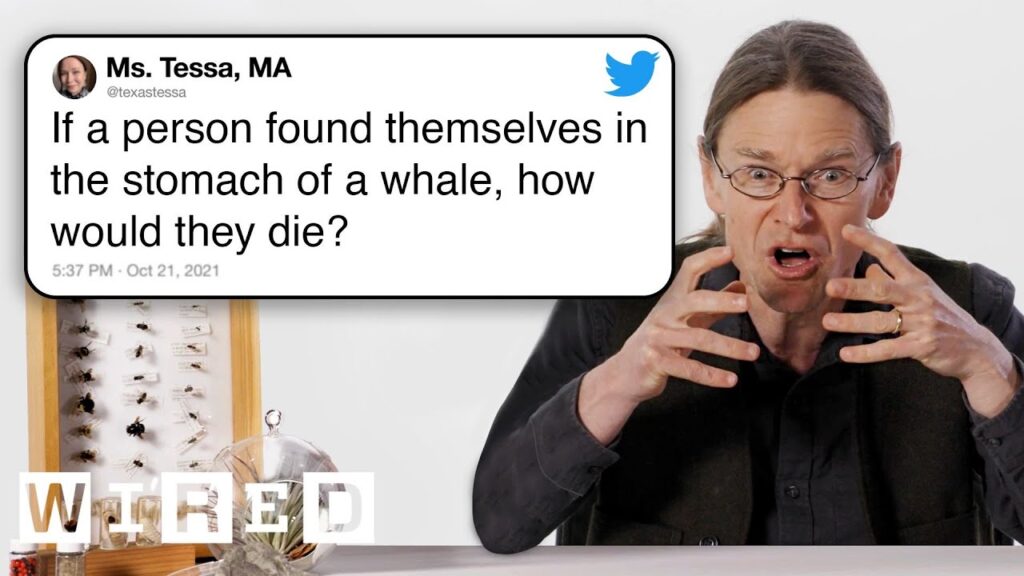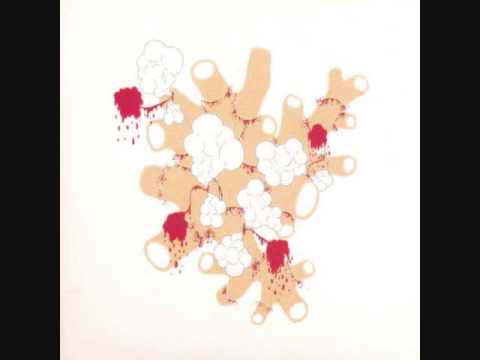Exploring the Psychology of Batman’s Villains
Summary:
Dr. Travis Langley, author of “Batman and Psychology,” delves into the various Batman movie villains and their unique psychological makeup. From the Penguin’s desire to be both a crime lord and a tycoon to the Joker’s defying diagnosis, Langley meticulously analyzes each character and their behavior. He also discusses new villains in upcoming movies and the importance of creating complex and challenging villains that can push Batman as a person.
Table of Contents:
- Introduction
- Q&A:
- Analyzing Batman Movie Villains
- Understanding The Riddler, Two-Face, and other Villains
- Harley Quinn: A Versatile Character
- The Psychology of Max Shrek and Lex Luthor
- Creating Complex Villains for Batman
Introduction:
Batman is one of the most iconic superhero figures in popular culture. His unique sense of justice and morality has captivated millions worldwide. However, what makes Batman truly interesting are the villains he faces. It’s said that a hero is only as good as his villains, and Batman has some of the most diverse and intriguing villains in comic history.
Dr. Travis Langley, a psychology professor at Henderson State University, has made it his mission to explore the psychology behind these villains. Through his book “Batman and Psychology” and his insights in interviews and panels, Langley has offered unique and fascinating perspectives on some of Batman’s most iconic villains. In this article, we’ll dive into his analysis and explore the psychology of Batman’s enemies.
Q&A:
Analyzing Batman Movie Villains
Q: Can you give us some insight into how villains in Batman movies are portrayed?
A: The portrayal of Batman movie villains varies from director to director and actor to actor. That’s what makes these characters so interesting; they can be adapted in many different ways. Some villain portrayals may be more akin to their comic book counterparts, while others take an entirely different approach.
For example, we have Dr. Tito Daka, who appeared in the very first Batman movie serial from the 1940s. Daka is a perfect example of a racist stereotype. His character was a Japanese scientist who wanted to take over America. This portrayal was a product of its time, and it’s not something that would be acceptable or appropriate today.
On the other hand, the Joker, who is Batman’s most famous villain, has been portrayed in many different ways. Jack Nicholson’s portrayal of the Joker in Tim Burton’s 1989 Batman was more comical and over-the-top, while Heath Ledger’s Joker in The Dark Knight was more grounded, sinister, and deranged.
Understanding The Riddler, Two-Face, and Other Villains
Q: Can you discuss some of the other iconic Batman villains and their psychology?
A: Sure, let’s take a look at The Riddler. In Batman Forever, Jim Carrey played the character as a compulsive narcissist who was driven by his compulsion to send riddles. However, in the comics, he’s usually portrayed as a mastermind villain who wants to prove his intellectual superiority, and this is often tied to his obsessive need for attention and recognition.
Two-Face is another villain who has been interpreted differently over the years. In Batman Forever, he was a consistent character who wanted to do wrong and had an internal locus of control. When Aaron Eckhart played Two-Face in The Dark Knight, he was more complicated and motivated by anger and a shattered worldview.
Mr. Freeze, played by Arnold Schwarzenegger in Batman & Robin, is depicted as an introverted and ruthless character trying to save his dying wife at any cost. Poison Ivy, also in Batman & Robin, is portrayed as introverted and may be on the autism spectrum, which is an unusual interpretation of her character.
Harley Quinn: A Versatile Character
Q: Why do you think Harley Quinn is such a beloved character, and what insights can you offer into her psychology?
A: Harley Quinn is fascinating because she’s such a versatile character. She can be funny, she can be tragic, she can be a villain, or she can be a hero. She adapts her personality to the people around her and appears more heroic with heroes and villainous with villains.
In the comics, we learn that she’s the daughter of a con artist and a supportive mother, which has made her gullible and prone to rationalizing lies. She is often presented as a victim of Joker’s abuse and misplaced loyalty, which makes her more complex and sympathetic.
Q: How do you think Margot Robbie’s portrayal of Harley Quinn in Suicide Squad and Birds of Prey stacks up against comic book versions?
A: I think Robbie’s portrayal of Harley Quinn is excellent. She embodies the character’s playful and seductive nature, while also giving her depth and vulnerability. Robbie’s Harley Quinn is a homage to the comic book version, while also introducing new twists and variations. For instance, we see her pursuing her own agenda instead of being entirely dependent on Joker.
The Psychology of Max Shrek and Lex Luthor
Q: Can you discuss Max Shrek and Lex Luthor in Batman movies and their psychology?
A: Max Shrek, played by Christopher Walken in Batman Returns, is a ruthless industrialist who enjoys showing his power. He’s motivated by greed and self-interest and is manipulative in his interactions with others.
Similarly, Lex Luthor, played by Gene Hackman in Superman and by Kevin Spacey in Superman Returns, is a manipulative billionaire who enjoys flaunting his power. The portrayal of Lex Luthor varies depending on the medium, but in the movies, he’s often depicted as a charming and charismatic villain who uses his wealth to manipulate others.
Creating Complex Villains for Batman
Q: What do you think are the most important characteristics of a good Batman villain, and how can writers and directors create complex and interesting characters?
A: The most important characteristic of a good Batman villain is that they challenge Batman as a person, given his complicated nature. Batman’s villains should be complex and multifaceted characters who can surprise us with their actions and motivations.
To create complex and interesting characters, writers and directors must consider various factors, such as a character’s backstory, motivations, and the way they influence Batman’s worldview. Additionally, writers can draw inspiration from the comics while adding their own unique twists and adaptations.
Conclusion:
Batman’s villains have consistently captured the hearts and minds of superhero fans worldwide. Dr. Travis Langley’s analysis offers valuable insights into the psychology behind these villains, giving us a better understanding of what makes them so fascinating. Whether it’s the Joker’s enigmatic persona, Harley Quinn’s rapid personality shifts, or the Riddler’s compulsion for attention, these characters have stood the test of time, and they will continue to challenge our little caped crusader in the future.


